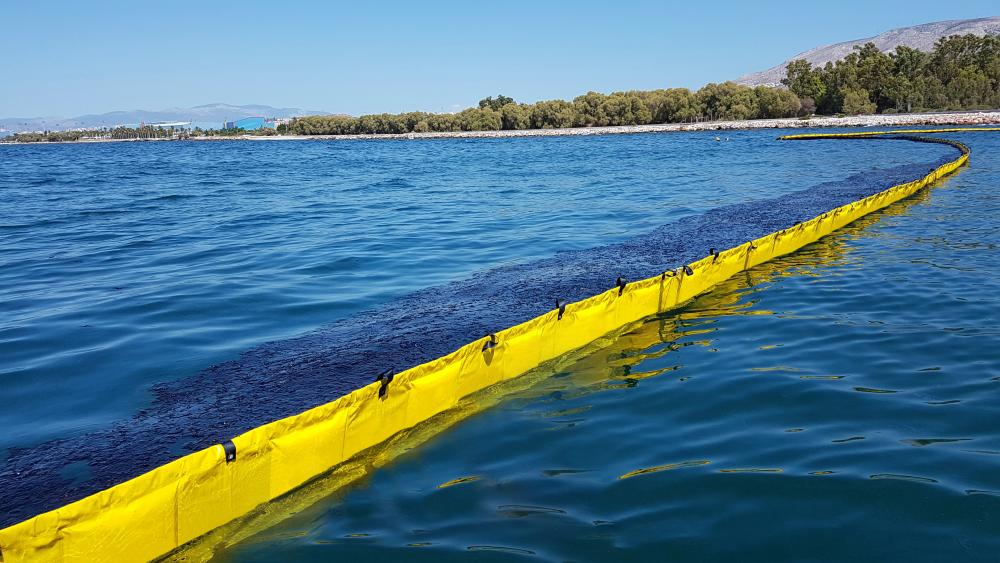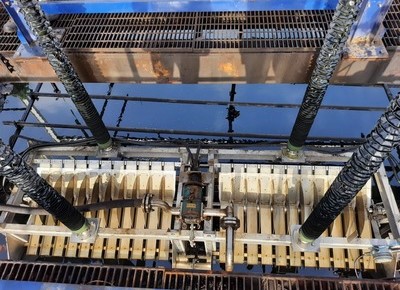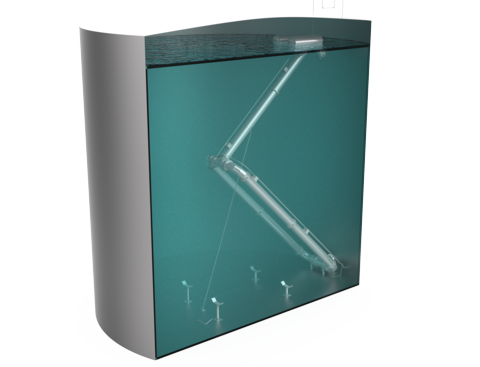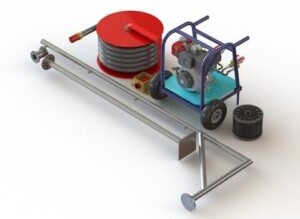Containment Booms, a Boon During Emergency Oil Spill Response

Oil spills call for emergency response; containment booms play a crucial role in mitigating the damage that an oil spill can cause.
In the case of an oil spill, it is critical to contain the spill in the shortest possible time. Here time is a critical factor because delay can lead to increased damage to natural resources, people, and property and may escalate the challenge to recover spilled oil. Containment booms are used to restrict the spread of oil and facilitate oil recovery, removal, or dispersal.
To understand how containment booms help in oil spill response, we must first understand the two steps – containment and recovery.
Containment
Containment booms are physical floating barriers to the free-floating oil, made of plastic, metal, or other materials. They are used to restrict the spread of oil; they mitigate the chances of polluting the ecosystem, and protect the shorelines. They are used to concentrate oil in thicker surface layers for ease of oil recovery. Also, booms are deployed to divert and channel oil along a desired path to facilitate oil recovery.
Recovery
During an oil spill, on containment of oil, the next step is recovery. Recovery of oil from the water commonly requires – booms, skimmers, and sorbents. Booms that are used for oil recovery, are supported by a horizontal arm extending directly off one or both sides of the vessel. The vessel sails at a low speed. The vessel scoops the oil and traps it between the boom and the vessel’s hull. The trapped oil is pumped to the collection tanks thereafter, it is recycled or disposed of.
Containment booms vary in design and construction and can be divided into four types:
• Freeboard – an above-water boom to contain the oil and prevent waves from splashing oil over the top of the boom
• Flotation device
• Below-water skirt to contain the oil and help reduce the amount of oil lost under the boom
• Longitudinal support – a chain or cable running along the bottom of skirt, to strengthen the boom against wind and wave action
The Four main types of booms are hard boom, sorbent boom, fire boom and Air inflatable booms
• Hard boom has a cylindrical float at the top and is weighted at the bottom to facilitate ‘skirt’ under the water.
• Sorbent booms are long (like sausages), and are made of oil-absorbing material.
• Fire boom appears like metal plates with a floating metal cylinder at the top and thin metal plates to make the skirt in the water. These booms are used to contain oil that can be burned up.
• Air inflatable booms – are durable, easy to deploy, retrieve and clean. These air-inflated booms are light-weight and are enclosed with galvanized chain to prevent corrosion. ASTM Z connector enables boom section connection.
The oil spill response efficiency relies on the containment capability hence, the booms must operate efficiently. The key features of containment booms to be considered are:
• Material: The construction material should be durable, and resistant to UV light, chemicals, and abrasion considering the harsh marine environments
• Flexible: Flexible booms are easy to maneuver, and allow them to conform to the contours of the water and prevent oil from escaping
• Deployment: The containment booms must be easy to connect and disconnect to ensure rapid deployment
• Versatile: The containment booms should be deployable from vessels, trucks, or helicopters
To summarise, containment booms are essential equipment during oil spills, and deployment of suitable containment booms plays a crucial role in:
• Protecting Wildlife and the Ecosystem by limiting the spread of oil which may adversely affect the vulnerable species and organisms directly or indirectly dependent on the affected waters.
• Controlled Impact: Timely containment of oil spill substantially mitigates the long-term adverse impact
• Cost Savings: The cost of oil cleanup is high. Containment booms restrict the spread of oil thereby, reducing the time and efforts which may be required to remove/recover oil spread across large surfaces. Thus, considerably reducing the cost of oil recovery.
Frequently Asked Questions
Q.1 How effective are oil containment booms in containing and controlling oil spills?
A. Oil containment booms are highly effective in containing and controlling oil spills, forming a crucial barrier on water surfaces to prevent the spread of oil and facilitate efficient cleanup efforts.
Q.2 What factors should be considered when selecting oil spill response equipment?
A. When selecting oil spill response equipment, crucial factors such as the type and volume of the spilled oil, environmental conditions, response time, and the effectiveness of containment and recovery methods must be carefully considered to ensure a comprehensive and efficient mitigation strategy.
Q.3 Why should businesses consider investing in a floating oil skimmer?
A. Businesses should consider investing in a floating oil skimmer for efficient and environmentally responsible oil spill response, minimizing damage and mitigating the long-term impact on ecosystems.





